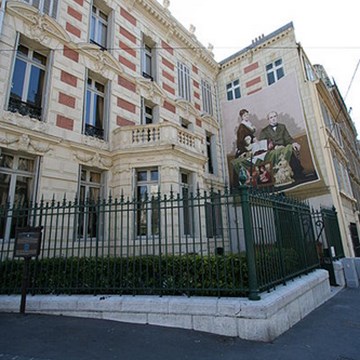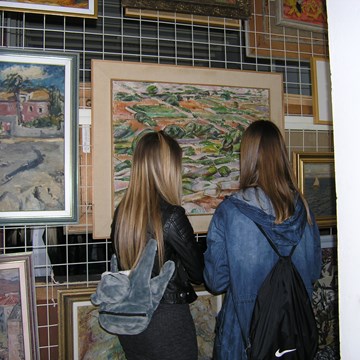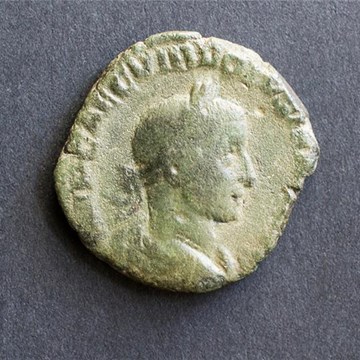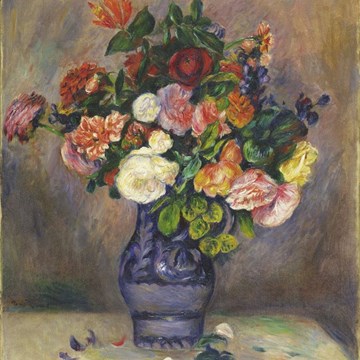National Museum of Finland
Suomen kansallismuseo
National Museum of Finland illustrates Finnish history from prehistoric times to the present.
Embark on a time-trip through the history of Finland. The museum's unique exhibits tell of the life from a period of over 10,000 years.
The National Museum building was designed by the Finnish architects Herman Gesellius, Armas Lindgren and Eliel Saarinen. They won the architectural competition for the project in 1902, and the building work was conducted mainly between 1905 and 1910. The museum was opened to the public in 1916.
The museum had been founded in 1893 as the State Historical Museum by combining several older collections and placing them in the care of the state.
The museum underwent thorough renovation between 1997 and 2000. Renovation of museum 1997-2000
The building represents the prevailing museum architecture of the turn of the 19th and 20th centuries, according to which the various parts of the building reflect the nature of the collections and the different periods of architectural history in Finland. With its granite façade and steatite decoration, the building is one of Finland's most significant national-romantic works of architecture. The characteristics of the new architecture of the early 20th century architecture are visible in the interior.
The vaulted central hall leads to the various departments of the museum. Featured on the vaults are frescoes by Akseli Gallen-Kallela from 1928 on themes from the Kalevala epic: Sammon taonta (The Forging of the Sampo), Sammon puolustus (The Defence of the Sampo), Ilmarinen kyntää kyisen pellon (Ilmarinen Ploughs a Field of Vipers) and Iso hauki (The Great Pike). They are based on the frescoes painted by Gallen-Kallela for the Finnish pavilion of the Paris World Exposition of 1900.
Exhibitions and events
We don't have anything to show you here.
Educational programs
We don't have anything to show you here.
Collections
We don't have anything to show you here.













